Welcome to Labkafe ~ Orientallabs Retail Services Private Limited
Microscopes are one of the most common and iconic instruments in most laboratories in the world. Invented back in the 1590s by Zacharias Janssen, it has been with science for over five centuries now. There are many different types of microscopes targeted for various purposes. We will discuss them one by one today.
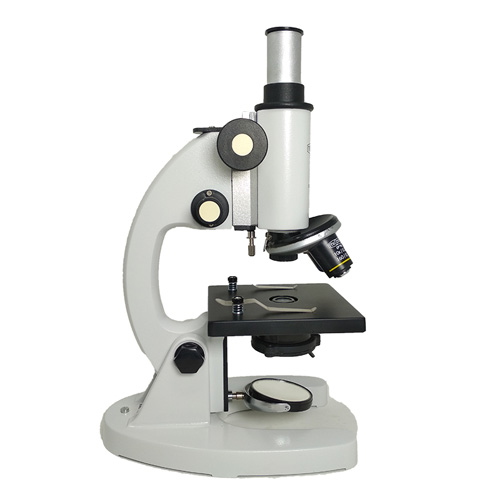
Most of the microscopes you will see are going to be light microscopes. That means, they utilize the path of light through one or more lenses to magnify an image. Also called optical microscopes, these are very common in most biology or physiology laboratories where you need to see standard living or dead cells, tiny creatures, for performing dissections, for clinical analysis of tissue and blood, etc.
The image in a light microscope is presented in color, and can be observed by the human eye directly. The prices of basic light microscopes are relatively low, making them affordable for schools and colleges. The objective can be directly placed under the lens in the open air without any special environment. Light microscopes are limited by their power, though.
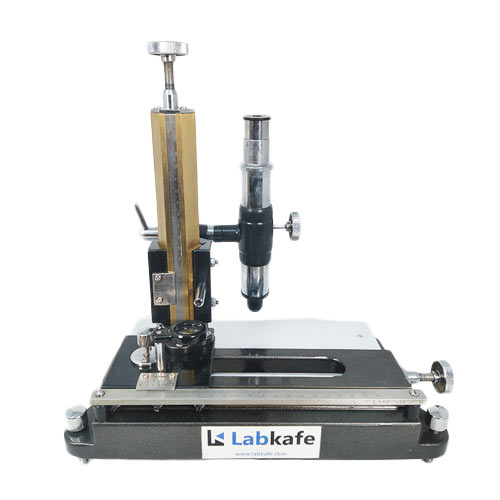
When you need to measure a distance so tiny that even the space between the two points cannot be seen by the naked eye, then you need a traveling microscope. It is a simplistic microscope mounted on a moving platform beside a scale. Generally, this is a specialty item and therefore can be somewhat costly.
Just like the configuration of a normal microscope, a traveling microscope has an objective and an eyepiece. But the whole body tube in this type of microscope is mounted on a vernier scale which is capable of measuring very tiny distances and is extremely accurate.
These are mostly used in physics laboratories to measure the distance between two points of a tube (maybe test tube also), etc.
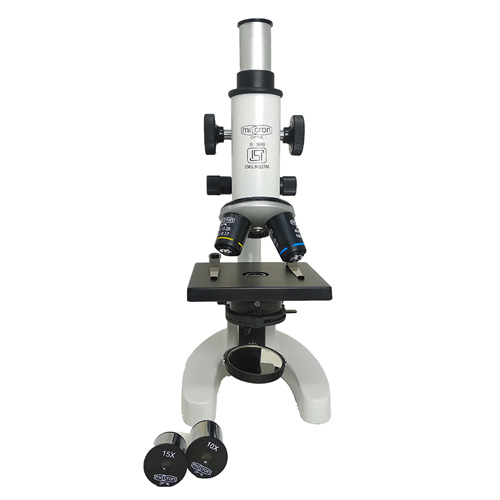
The most common type of microscope you will see is called the compound microscope or biological microscope. It is so-called because the image magnification is ‘compounded’ by the oculus. Generally, a compound microscope would have multiple objective lenses, ranging from 4x to 100x power, and the oculus can be of 10x-15x power.
You will mostly see compound microscopes in the biology or microbiology labs, testing clinics, etc. They are also called Bright Field Microscopes since they depend upon light coming through the specimen, through the objective lens, to the eyepiece. This type of microscope requires a fair amount of setting up as well.
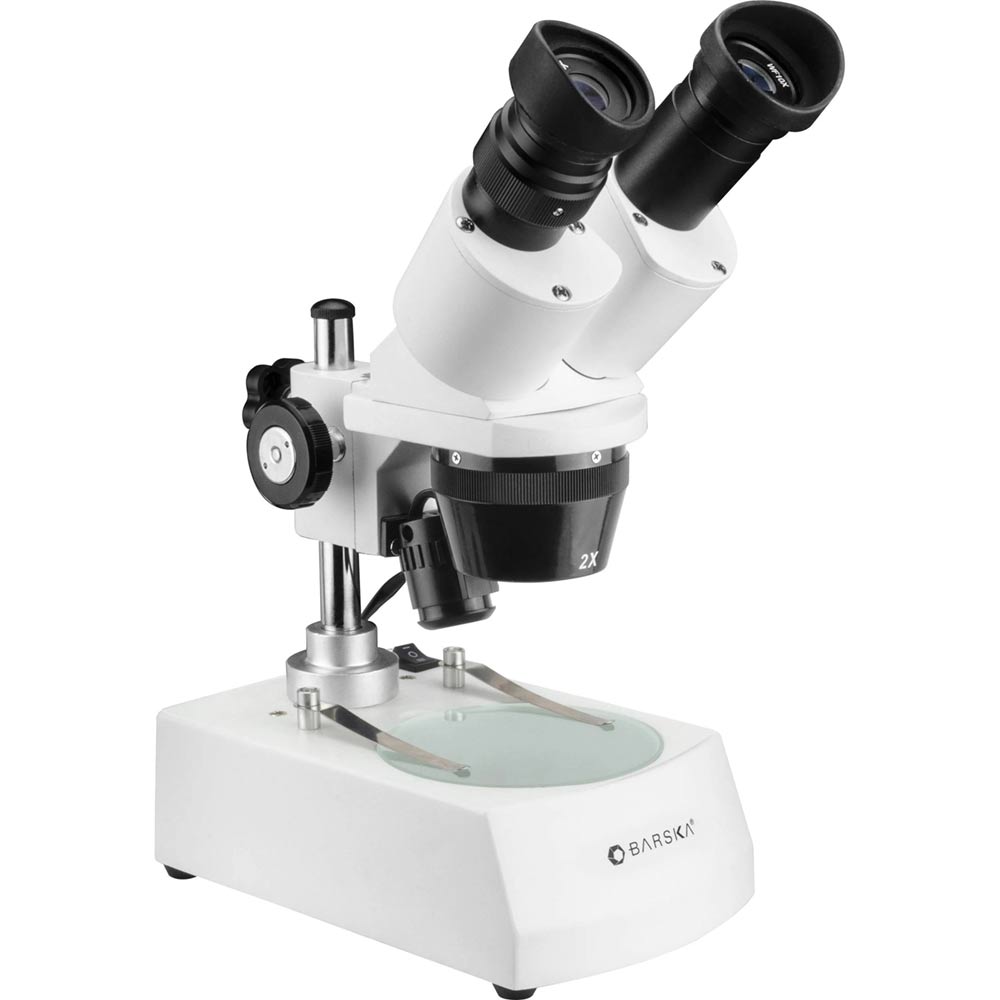
More complex than compound microscopes but with less magnification, a stereoscopic microscope provides a three-dimensional image of the specimen, rather than a flat image like other types of microscopes. Also, it uses light reflected on the specimen rather than light coming through it.
It has two body tubes holding two objectives and two eyepieces, and you use both of your eyes to see the final image. The objectives are tilted towards the specimen at an angle, therefore when you look through the microscope’s both eyepieces, you get two slightly different images superimposed on each other. This creates the 3D view that you see through the eyepieces.
These are used to view a small specimen on the dissection tray while or after dissecting it. They are used as a basic step to visualize small specimens in biology laboratories only.
The most powerful types of microscopes used in laboratories are electron microscopes, and they don’t need light to create the image of an object. Instead of light (photon beam), the electron microscope collects a flow of electrons through or from the specimen to get an image. However, this electron flow may be very destructive to the specimens themselves.
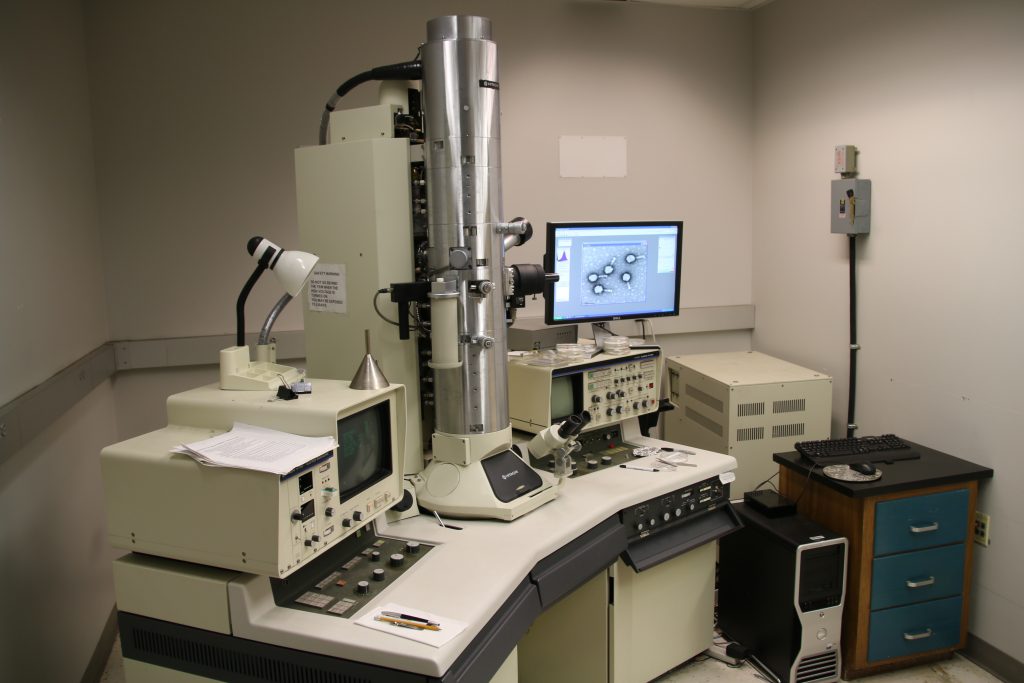
There are quite a few types of electron microscopes available ‒ Scanning Electron Microscope, Transmission Electron Microscopes, Reflection Electron Microscopes, X-Ray Microscopes, etc. Anyway, these microscopes are so complicated and expensive that you may only get to see one in big universities and corporate research laboratories.
Labkafe is among the most promising laboratory supplies vendors in India. We manufacture and supply lab equipment, lab furniture, lab consumables, lab glassware, lab machines and more! Not only we manufacture lab items, we export to international resellers too. We fulfill CBSE ICSE ISC IGCSE IB State board affiliation requirements for schools by providing affiliation packages to schools. Our featured products are:
Chosen by over 1200 schools, colleges, universities, research labs, government agencies and private companies to build or renovate their laboratories, Labkafe stands as your best friend when it comes to labs. We are also a registered OEM on GeM. Our clients love us because we provide the best quality of lab products, free demos, free installation, and support for ever.
Do you wish to experience excellence too? Why not contact us today at [email protected], or call 9147163562 directly ‒ we are always available to serve. You can also use the chat button in the corner to connect to one of our representatives instantly!
Jun 09, 2022 by Swarna Karmakar
Jun 03, 2022 by Swarna Karmakar